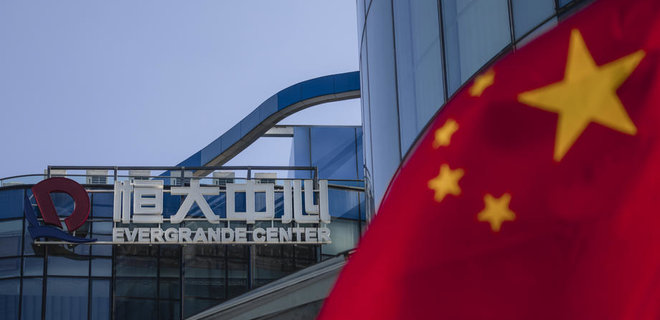Indian steel companies are unlikely to be seriously affected by the crisis at Chinese developer Evergrande, according to financial firm Motilal Oswal.
China plays an important role in determining global commodity prices, including metals. The real estate sector in the country is a major consumer of steel and a drop in demand in this sector could lead to a fall in steel prices.

Shares of Indian steel producers such as Tata Steel , Steel Authority of India (SAIL) , Jindal Steel and Power and JSW have been on a downward trend in recent sessions, according to https://exness-vietnam.asia/mt4/ reports, as Evergrande has again warned of a possible default . Shares fell sharply last Monday before recovering some declines, but these stocks were down more than 2 per cent on Friday.
The Nifty Metal index fell 3.27% last week.
The recent sell-off in these stocks was more due to lower prices of certain metals, Hemang Yani, head of brokerage and distribution strategy at Motilal Oswal, told CNBC " Street Signs Asia " on Wednesday.
Iron ore prices have fallen by about 54 per cent since May, analysts said. Iron ore is used in steelmaking and demand for steel, especially from China, is likely to affect prices. Spot prices for other metals such as copper, lead and zinc also fell during the month as of Wednesday on the London Metal Exchange, according to a Commonwealth Bank of Australia report.
"The demand outlook overall remains fairly stable and we think prices are something we will need to keep an eye on, given the development of Evergrande and how serious or deeper corrections we may see," Yani said.
"We remain very positive, we don't see this development as something that could have serious implications for steel companies in India," he said.
Jani said the fall in Indian steel companies' share prices was an "opportunity to buy" companies like SAIL, Jindal Steel and Power as well as non-ferrous steel companies like Hindalco .
Evergrande is on the verge of collapse . The debt-ridden Chinese developer is struggling to pay its suppliers and has warned investors that it may not repay its debts.
China in focus
According to a Commonwealth Bank of Australia report, China's real estate sector has historically accounted for most of the country's demand for raw materials, with real estate construction accounting for between 25% and 30% of China's steel demand.
"At the moment, market attention is focused on the potential implications for China's real estate sector if China Evergrande defaults on its loans due to slowing property sales," Vivek Dhar, an analyst at the bank, wrote in the latest report.
But, he said, politicians in Beijing are also seeking to limit the country's steel production this year at 2020 levels to cut emissions. This policy has led to a reduction in China's steel production in July and August, and this reduced supply has driven up global steel prices, Dhar added.
While China plays an important role in steel pricing, the sector's growth has been driven by a rebound in developed markets and India, according to Jani of Motilal Oswal. "These adjustments may not last long," he said, referring to India's steel stocks.
Impact on Indian steelmakers
Because of the measures China had taken even before the Evergrande release, the overall pricing environment was "not bad", Yani said.
"So, let's wait to see exactly how this problem is resolved, what additional steps the Chinese authorities will take and what price impact this could have on metal stocks," he added.
Indian metal producers potentially have a number of factors working in their favour.
These include the steady recovery of India's domestic economy in recent months, fuelled by the government's policy on public infrastructure projects. And with the gradual easing of isolation from Covid-19, manufacturing and construction activity is also picking up.
According to Jani, government spending on infrastructure will bode well for steel and iron ore producers in India.
Read with us: Global stock indices fall due to Omicron fears and central banks' hawkish bias

